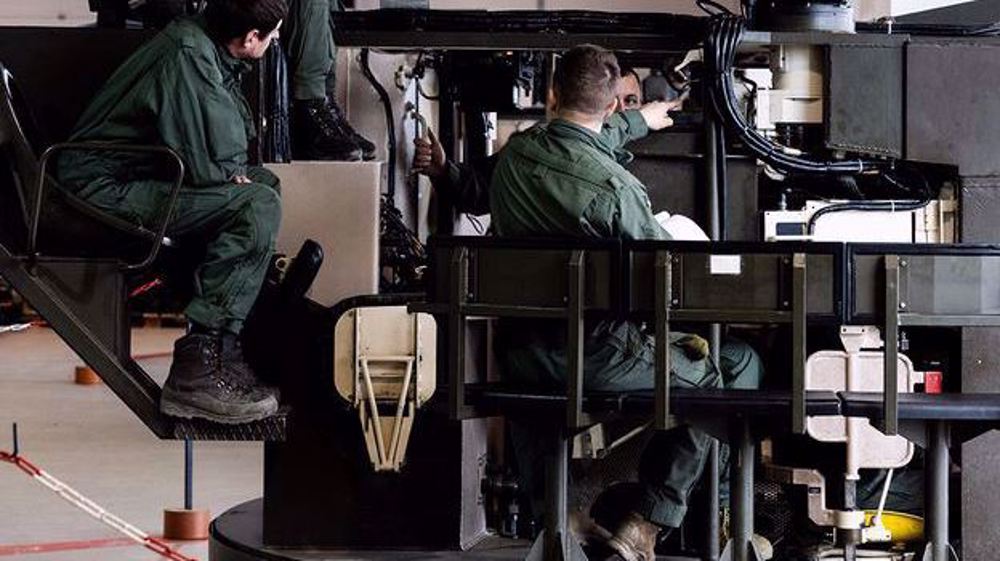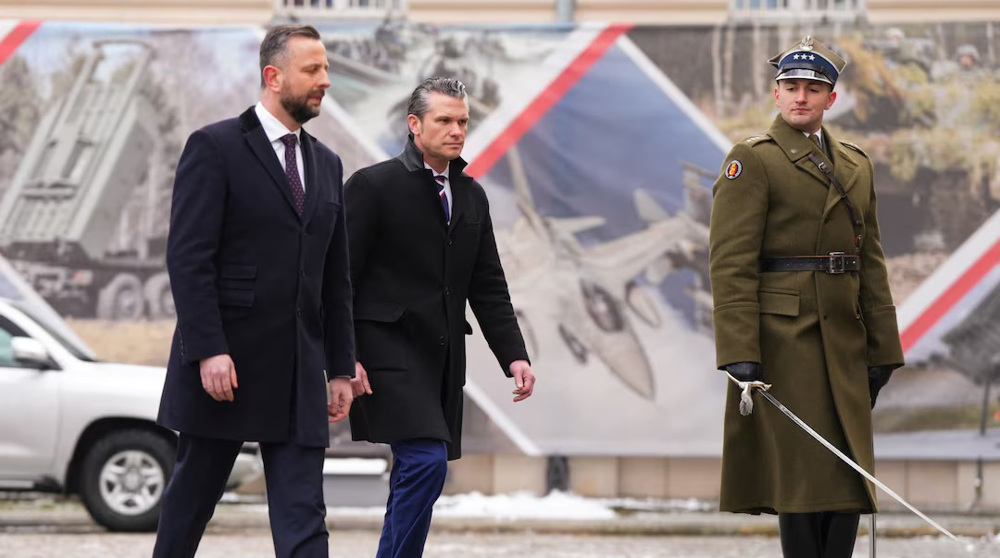Study suggests NATO rearmament could increase annual emissions by 200mn tonnes
A new study has found that global military buildup by countries poses a serious risk to the climate, citing the rearmament planned by NATO alone, possibly adding almost 200 million tonnes a year to greenhouse gas emissions.
The study, cited by The Guardian, found that planned renovation of the military forces by countries around the world created an existential threat to climate goals.
It said that with world countries embroiled in the highest number of armed conflicts since World War II, countries have embarked on military spending sprees to rearm their military with new weapons, collectively totaling a record $2.46 trillion in 2023.
The United States, which has been the world’s biggest military spender for decades, has asked its NATO allies in Europe to increase their military spending, as well. The so-called superpower and its allies invest in their military to keep the upper hand.
“There is a real concern around the way that we are prioritizing short-term security and sacrificing long-term security,” Ellie Kinney, a researcher with the Conflict and Environment Observatory and a co-author of the study, told The Guardian.
“Because of this kind of lack-of-informed approach that we’re taking, you’re investing in hard military security now, increasing global emissions for that reason, and worsening the climate crisis further down the line.”
The study pointed out that few governments around the world are transparent about the scale of their fossil fuel use. However, researchers have estimated that the world's military forces collectively are already causing 5.5 percent of global greenhouse gas emissions.
Across the globe, militarization has been on the rise in 108 countries in 2023, according to the Global Peace Index. Ninety-two countries across the globe have been involved in armed conflict.
With the situation deteriorating in the regions across the globe, the rate of global greenhouse gas emissions caused by increased militarization is expected to rise with it
World Conflict Zones include the wars in Ukraine, the Gaza Strip, South Sudan, and the Democratic Republic of Congo, which all have a high potential of spreading to neighboring countries in the region, as tensions remain high between China and the US over Chinese Taipei, and between India and Pakistan over Kashmir.
Despite the climate risks, smaller countries are forced to invest in their military to overcome any advantages that adversaries may seek from them, to be able to defend themselves against a possible invasion by arrogant global powers, and to enable their military to counter existential foreign threats.
Cancel culture weaponized: Zionist lobby's covert war on Irish rap group Kneecap
Israeli forces kill more aid-seeking Palestinian civilians in Gaza
VIDEO | 'Welfare not warfare' protesters march through central London
US-E3 draft resolution against Iran not positive, Russia warns
Explainer: How Iran’s intelligence breached Israel’s nuclear fortress – and why it matters
HTS militants desecrate tomb of leading Palestinian figure Ahmed Jibril in Damascus
Aid flotilla approaches Gaza coast despite Israel's threats
Spider’s web unraveled: Netanyahu’s genocidal war on Gaza rips open the Zionist entity
















 This makes it easy to access the Press TV website
This makes it easy to access the Press TV website